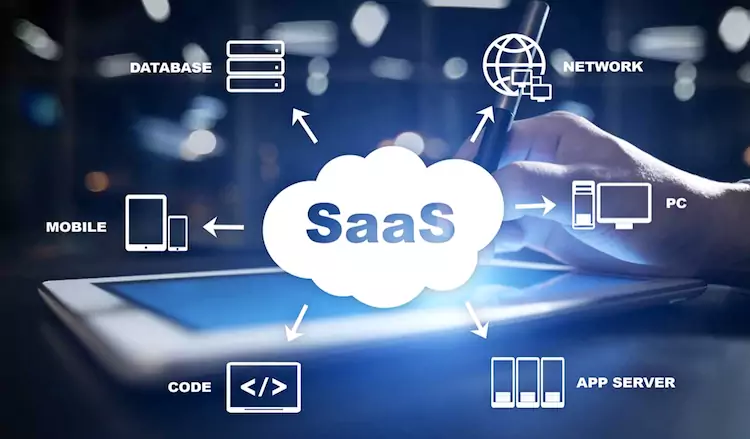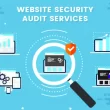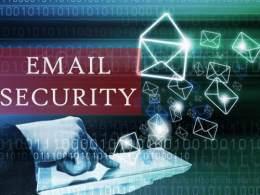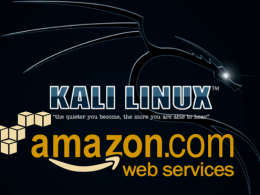In the business world, ‘Software as a Service’, commonly known as ‘SaaS’, has become an increasingly popular way to deploy software. By allowing companies to outsource their software needs, SaaS delivers applications and data through the Internet instead of installing them on company servers.
While it offers several different advantages, it also creates new security risks that require proper management. In this article, we will discuss what SSPM is and how it can help your business stay safe online. But first, let us see what SaaS security posture is.
What is SaaS Security Posture?
The term Security Posture refers particularly to the readiness of a system to mitigate attacks. SaaS security posture is the same concept applied to SaaS applications, which are hosted remotely in the cloud instead of locally on an internal network. The SaaS Security Posture is a metric that defines how secure your company’s data is when stored in the cloud.
It takes into account the security protocols and procedures you have in place to protect your data, as well as the effectiveness of those measures. A high SaaS security posture means that your data is well-protected, while a low posture indicates that your security measures are ineffective or nonexistent.
What Does SaaS Security Posture Management (SSPM) Mean?
SaaS security posture management (SSPM) is a process of assessing and improving the security of your company’s SaaS applications. SSPM can help reduce the chances of a data breach or other security incident by identifying risks and vulnerabilities.
How Does SSPM Work?
The first step in any SSPM program is to assess your current security posture. This assessment should include an inventory of all your company’s SaaS applications, and a review of each application’s security settings. Once you have a clear picture of your current security posture, you can start working on improving it.
This may involve the implementation of new security controls, e.g., two-factor authentication or data encryption. You should also develop and implement a plan for ongoing monitoring of your SaaS applications to ensure they remain secure.
Significance of SSPM
The importance of SSPM has grown massively in recent years as the number of data breaches has increased. A recent study showed that, in the past year, 43% of companies have experienced a data breach. These breaches can be immensely expensive, i.e., with the average expense of a data breach now totalling $17 million. And while no company is immune to the risk of a data breach, those with a weak security posture are more likely to be targeted by hackers. This makes SSPM an essential part of any company’s security program.
The Top SaaS Security Posture Management (SSPM) Checklist
To help you get started with your SPM program, we’ve put together a checklist of the most important things to do:
– Conduct a security assessment of your SaaS applications
– Identify security vulnerabilities and fix if found any
– Implement new security controls, including two-factor authentication or data encryption
– Develop and implement a plan for ongoing monitoring of your SaaS applications
– Train employees on how to use SaaS applications securely
By following these steps, you can make sure that your company’s SaaS applications are secure and compliant with industry regulations.
5 Best SSPM (SaaS Security Posture Management) Services in 2022
When it comes to choosing an SSPM service, there are a few important factors that need to be kept in mind. Listed below are five of the best SaaS Security Posture Management services available:
– Alert Logic Cloud Insight
– Qualys Cloud Platform
– Rapidfire Tools
– ServiceNow
– Symantec Cloud Workload Protection
Each of these services offers a different mix of features and pricing, so be sure to compare them carefully to find the one that’s right for your company.
SaaS Security Best Practices
In addition to using an SSPM service, you can do several other things to improve the security of your company’s SaaS applications. Listed down are some of the best practices that you can follow:
– Use strong passwords in order to enable two-factor authentication
– Keep your software up to date with the newest security patches
– Restrict access to sensitive data
– Monitor activity for suspicious behaviour
Following these best practices can help ensure that your company’s SaaS applications are secure against external and internal threats.
Conclusion:
SSPM is a critical part of any company’s security program. By conducting regular assessments, implementing new security controls, and monitoring for suspicious activity, you can help protect your company against data breaches and other security incidents. Choose an SSPM service that meets your needs, and follow best practices for securing your SaaS applications.











